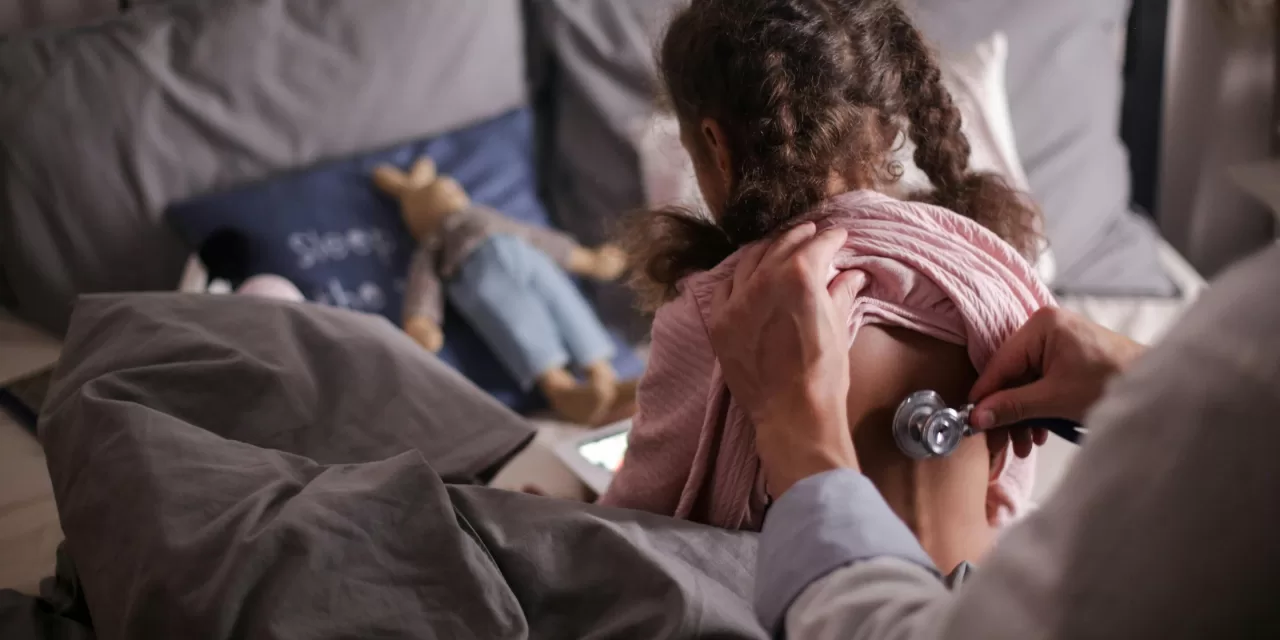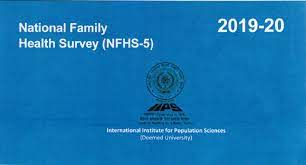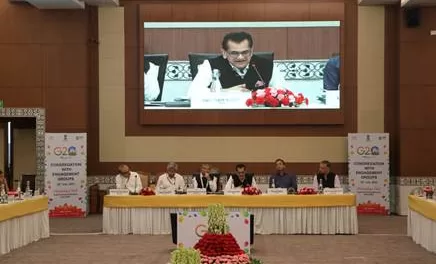Seattle, WA – As Washington braces for the winter respiratory virus season, local health experts are warning of an unusual spike in cases of Mycoplasma pneumoniae infections, commonly associated with “walking pneumonia.” This surge, which began in the spring, has persisted through the fall, particularly affecting children, and is adding strain to an already stretched healthcare system.
Mycoplasma pneumoniae, a bacterial infection often characterized by milder symptoms than typical pneumonia, has taken a significant toll on young populations. According to the Centers for Disease Control and Prevention (CDC), while cases appeared to peak in late August, they remain elevated nationwide. In King County, emergency department visits related to M. pneumonia have notably increased, particularly among children aged 5 to 17.
“We’ve seen a dramatic increase in illness and hospitalization due to Mycoplasma pneumonia,” said Dr. Mary Fairchok, a pediatric infectious diseases specialist at Mary Bridge Children’s Hospital in Tacoma. “While adults can also get infected, it’s hitting the pediatric population especially hard.”
Seattle Children’s Hospital has reported a sharp rise in weekly cases, climbing from a pre-pandemic average of zero to four to as many as 26 in recent months. Dr. Danielle Zerr, chief of infectious diseases and virology at the hospital, attributes this surge to the resurgence of illnesses that had waned during the pandemic due to widespread masking and social distancing measures.
Pneumonia: A Complex Threat
Pneumonia, an inflammation of the lungs that impairs oxygen intake, can be caused by various bacteria, viruses, or fungi. Mycoplasma pneumonia infections, while generally milder and more akin to cold-like symptoms, can escalate and require antibiotics. In severe cases, the bacteria can cause complications like brain inflammation and infections in other parts of the body.
“Pneumonia is a great masquerader,” Dr. Fairchok explained. “It doesn’t just affect the lungs but can also impact other parts of the body, leading to severe complications.”
Mary Bridge Children’s Hospital has seen more young infants and older children requiring intensive care, with symptoms ranging from high fevers and persistent coughs to severe diarrhea and vomiting.
A Unique Respiratory Season
The rise in Mycoplasma pneumonia coincides with increasing cases of other respiratory illnesses, including RSV (respiratory syncytial virus) and influenza. Emergency department visits for RSV and flu in King County have surged in recent weeks, though they align with typical seasonal patterns.
Dr. Eric Chow, chief of communicable diseases at Public Health—Seattle & King County, noted the importance of understanding the specific causes behind these increases. “While it’s not surprising to see more pneumonia this time of year, the sharp rise in Mycoplasma cases is particularly striking,” he said.
Prevention Still Key
As respiratory virus season ramps up, health experts urge renewed attention to infection prevention measures, particularly for vulnerable populations.
“The precautions we’ve used for COVID—masking, handwashing, and staying home when sick—remain effective against other respiratory illnesses,” Dr. Chow emphasized.
Health care facilities across King, Snohomish, and Pierce counties have reinstated masking requirements for staff, encouraging patients and visitors to follow suit. Vaccinations for flu and COVID-19 are also recommended.
“Every respiratory season is unique and unpredictable,” said Dr. John Lynch, an infectious disease expert at Harborview Medical Center. “But with the right precautions, we can reduce the spread and severity of these illnesses.”
As Washington navigates this challenging season, the rise of Mycoplasma pneumonia serves as a stark reminder of the ongoing complexity and unpredictability of respiratory illnesses.











